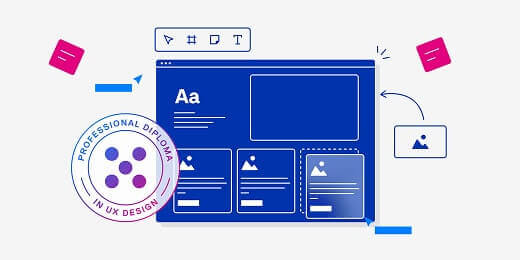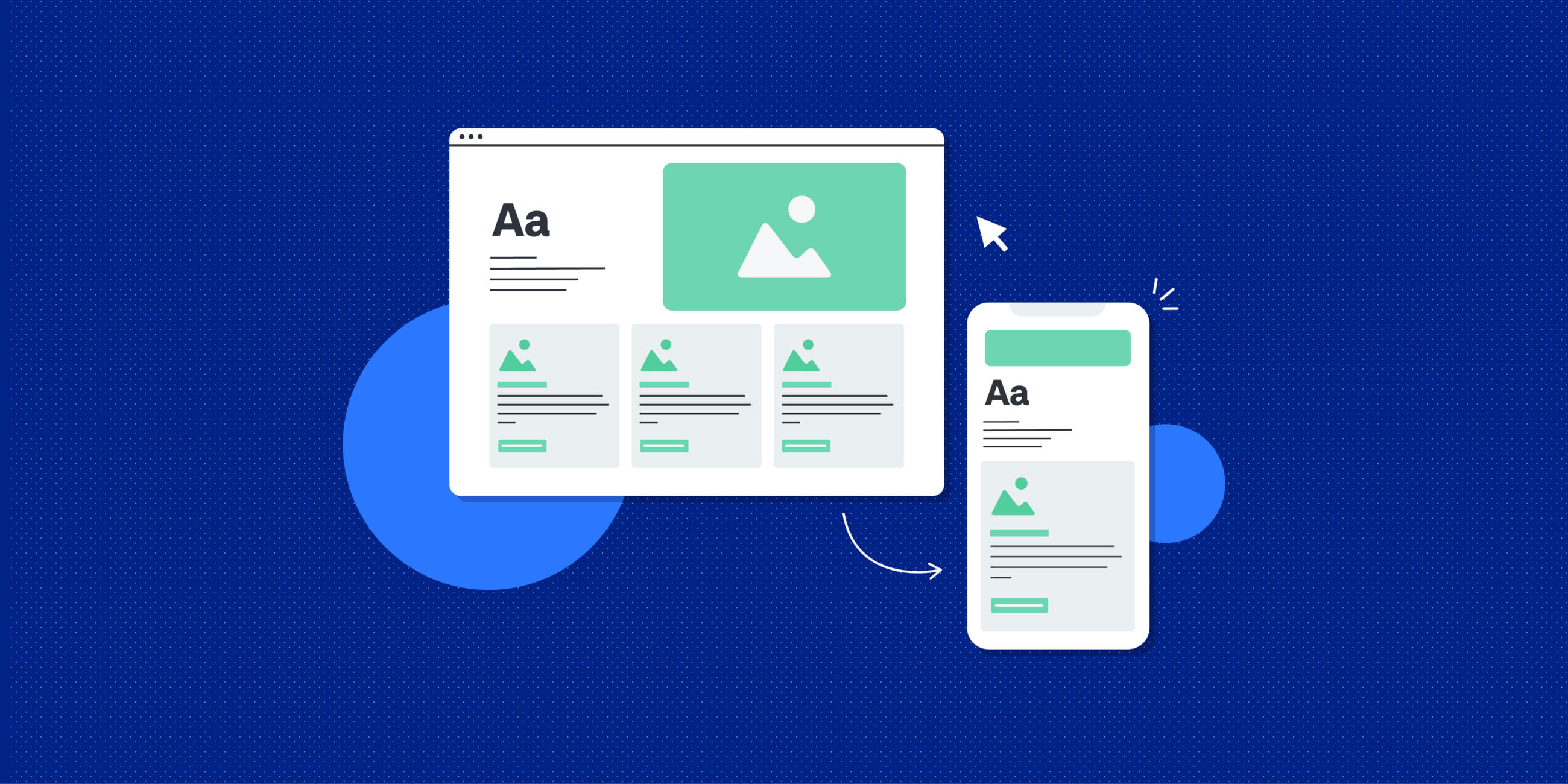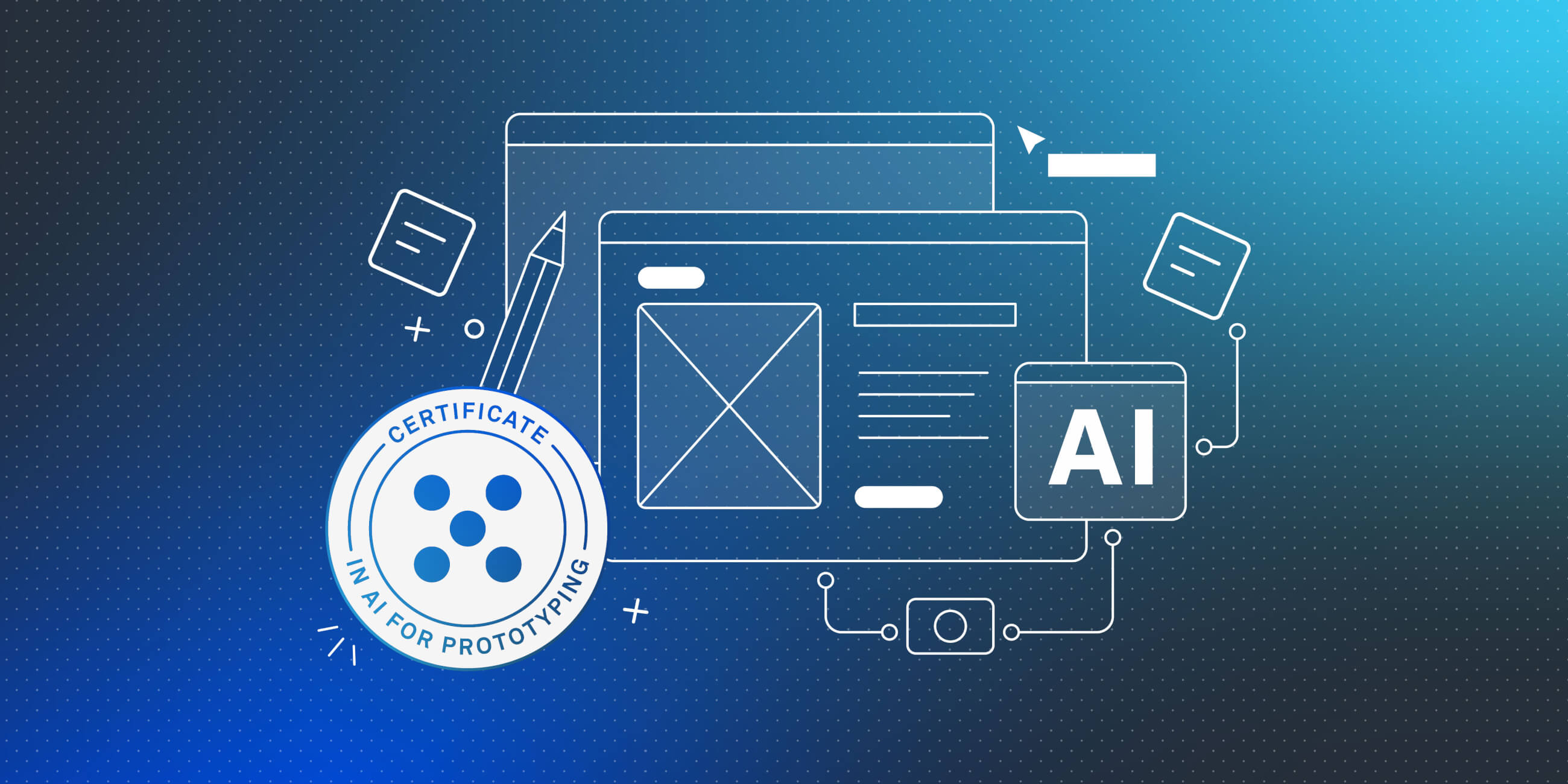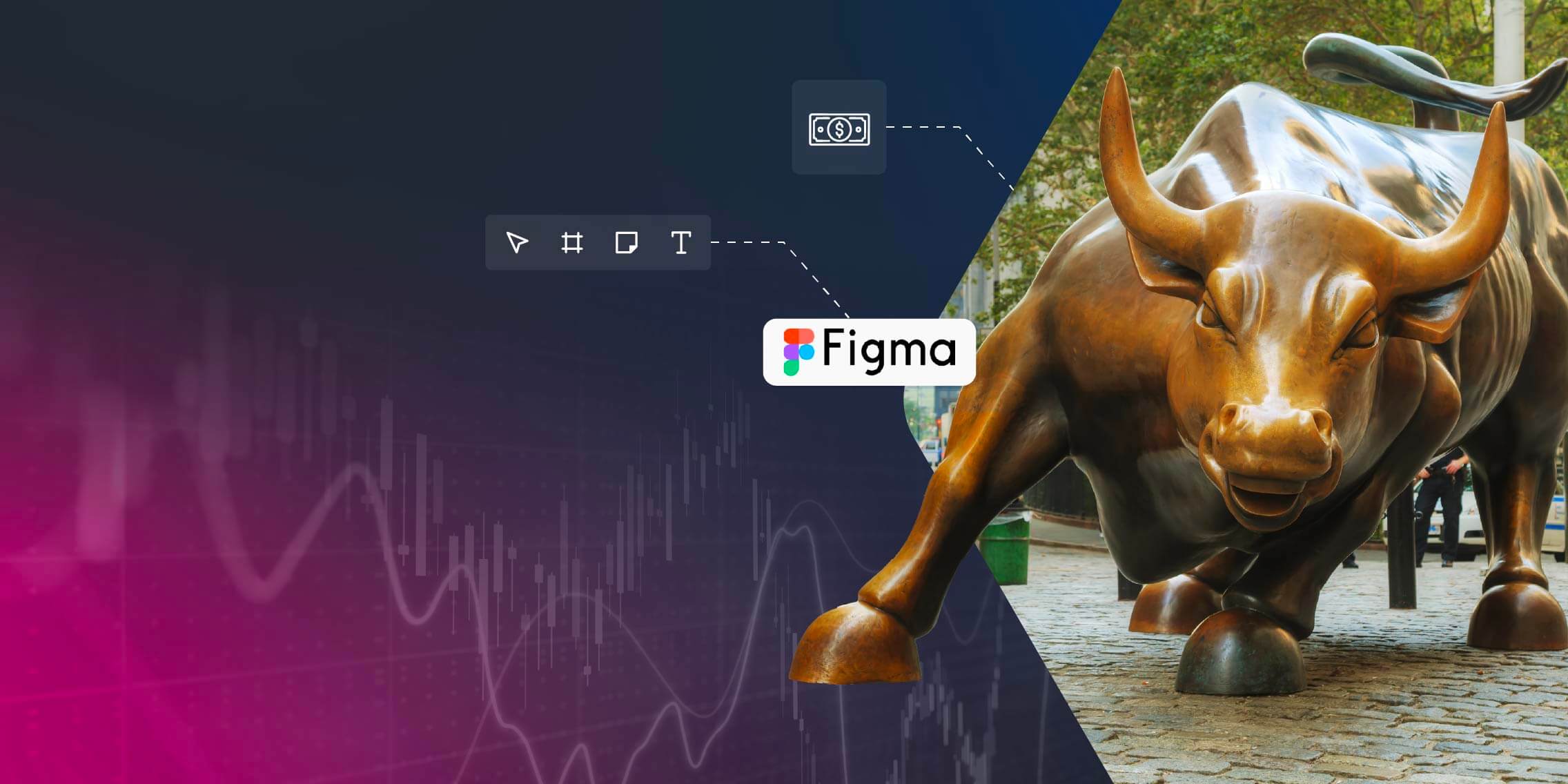The value of UX design extends well beyond creating beautiful, user-friendly products.
In terms of brand success, there is a huge difference to be seen between those companies that prioritise UX and those that overlook it.
Then, of course, there’s the human aspect: what’s the value of UX design for the people who actually interact with the products and services in question?
In this post, we get specific about the value of UX design from both a business and an end user perspective.
- What exactly is UX design?
- The business value of UX design
- The human value of UX design
- The value of UX design in a nutshell
That’s what we’ll cover, starting with a quick definition of what UX design is.
What exactly is UX design?
UX stands for “user experience” and it basically describes how a user feels when they use a product or service. A good user experience is easy and enjoyable, while a bad user experience is complicated, confusing and frustrating.
UX design is the process of designing these experiences. It involves identifying and understanding a specific user problem and designing products or services to address the problem in a way that centres the user.
Colman Walsh, CEO of the UX Design Institute, explains in more detail what UX design is in this video:
The type of user experience a brand or company provides has a big impact on whether or not customers return—and whether or not they would recommend a product or service to their friends. Ultimately, UX determines whether or not a brand is successful.
That’s UX design in a nutshell. Now let’s consider why UX design matters and the value it brings.
The business value of UX design
One way to measure the value of UX design is to consider the business impact. There is a wealth of compelling data out there, so let’s review some of the most impressive hard numbers.
- On average, every $1 invested in UX brings a return of $100. That’s an impressive ROI of 9,900% (Source: Spiralytics)
- A well-designed user interface can increase the conversion rate of your website by up to 200% (Source: Forrester Research)
- Improving the UX design of a website can enable a business to achieve a conversion rate as high as 400% (Source: Forrester Research)
- 66% of customers are willing to pay more for a great experience (Source: Salesforce)
- 84% of customers say the overall experience a company provides is just as important as its products and services (Source: Salesforce)
- 72% of customers will tell 6 other people about a good user experience they had. This is excellent for brand reputation and winning new customers (Source: Spiralytics)
From these stats, it’s clear that the value of UX design is directly reflected in key business metrics. Ultimately, the business value of UX design translates into:
- Improved customer loyalty and retention
- A stronger brand reputation
- Better word-of-mouth marketing, with satisfied users more likely to recommend your brand
- Higher conversion rates
- Increased sales and revenue
- A competitive edge in your market
Another notable way in which UX design brings value is that it keeps you focused on the right people (your customers) and on designing the right solutions. The UX design process centres on conducting user research in order to understand who your users are, what problems they face and what they require in terms of a viable solution.
From there, it encourages testing and gathering feedback in order to improve designs before developing them into fully-fledged products. In addition to fostering a user-first culture, this helps to reduce development costs. Research by IBM found that the cost of correcting a mistake after a product goes to market is between four and five times more expensive than identifying and fixing an issue discovered during the design phase.
Those are the benefits of investing in UX. But what happens when companies neglect to take UX design seriously? We’ve got some data on that too.
What happens when companies fail to invest in UX design?
Investing in UX design is good for business. Conversely, there are major consequences of not prioritising the user experience. Here’s what happens when companies don’t invest in UX design:
- 70% of ecommerce customers abandon purchases because of bad UX (Source: Spiralytics)
- 88% of online consumers are less likely to return to a website after a bad user experience (Source: Toptal)
- 90% of users reported that they stopped using an app altogether due to a poor user experience (Source: Toptal)
- An eye-watering 70% of online businesses fail because of bad usability and UX (Source: Uxeria)
- Of those who encounter a bad user experience, 13% will tell 15 or more other people about it. That’s extremely damaging for business (Source: Spiralytics)
As you can see, overlooking the value of UX design is not a smart move. Now let’s dive deeper into the value of UX design with some case studies.
Examples of companies and brands who have leveraged the value of UX design
The value of UX design is evident in the success of brands and companies who not only prioritise UX but do it exceptionally well.
The value of UX design: Airbnb
Consider Airbnb, the most famous platform for holiday home rentals. At one point, Airbnb was what you might call a failing startup, with low revenue and zero growth.
However, once the founders stopped fixating on creating something scalable and focused instead on creating a great user experience, they were able to transform their faltering business into one of the most successful companies in the world.
Airbnb co-founder Joe Gebbia explains how an experience he had at design school influenced his approach to building a successful product:
“If we were working on a medical device, we would go talk with all of the stakeholders, all of the users of that product, the doctors, nurses, patients… We’d have the device applied to us, and we would sit there and feel exactly what it felt like to be the patient, and it was in that moment where you start to go ‘aha, that’s really uncomfortable. There’s probably a better way to do this.”
Now, any newcomers who join the Airbnb team take an all-expenses-paid trip in their first or second week on the job so they can experience the product from the user’s perspective. UX is at the heart of everything Airbnb does and the company has achieved huge success as a result. That’s the value of UX design in action.
The value of UX design: Virgin America
Back in 2014, Virgin America (now part of Alaska Airlines) set out to revamp the entire user experience of booking flights on their website. They created the world’s first ever responsive airline website, with the goal of catering much more effectively to the needs of modern-day travellers.
In a bid to improve the user experience, they redesigned their website to incorporate full-screen, single scroll booking and opted to present the user with just one decision at a time. They simplified and decluttered the entire process and their efforts well and truly paid off.
For Virgin America, the value of UX design translated into a 14% increase in conversion rate and a 20% decrease in the number of customer support calls needed. And, thanks to the redesign, users were able to book their flights almost twice as fast as before.
Airbnb and Virgin America are just two examples of many brands who have profited from the value of UX design. And for every positive case study, there are sadly even more companies who have suffered the consequences of delivering a bad user experience. You can read about some of the most regrettable UX choices that cost companies millions in this article.
The human value of UX design
The value of UX design doesn’t only apply to businesses. It also has a major impact on the end users — people like you and I who engage with different products and services every day.
If you think on a very large scale, UX design influences whether we have enjoyable, easy, efficient experiences or entirely negative ones. It determines what solutions are available to us and the kind of access we have to those solutions.
In some cases, bad UX can be frustrating — for instance, if you want to buy something online but the website you’re using is infuriatingly difficult to navigate. In other cases, bad UX can be incredibly distressing. Consider the scenario of having to go into hospital for treatment and finding that every aspect of the experience is poorly designed. This could become a real source of anguish in your life.
Then there’s the matter of inclusivity and accessibility. UX design determines whether or not products are accessible to and inclusive of all users, regardless of who they are and what different needs, requirements and disabilities they may have.
The value of UX isn’t just about creating nice websites and boosting a company’s revenue. It’s about designing a world which is enjoyable, inclusive, accessible and usable for everybody.
The value of UX design in a nutshell
It’s impossible to overstate the value of UX design. From a business perspective, prioritising the user experience results in happier customers who remain loyal over time. This in turn achieves higher conversion rates and increased revenue, lower development costs and an overall stronger, more competitive brand.
From a human perspective, the value of UX design can be felt in how we experience the world around us. It gives us solutions to everyday problems and ensures those solutions are enjoyable, user-friendly, and, most importantly, accessible and inclusive.
You’ve learned about the value of UX design. Now why not discover the fun side of UX? We show you how to make products that are both usable and entertaining in this guide.






